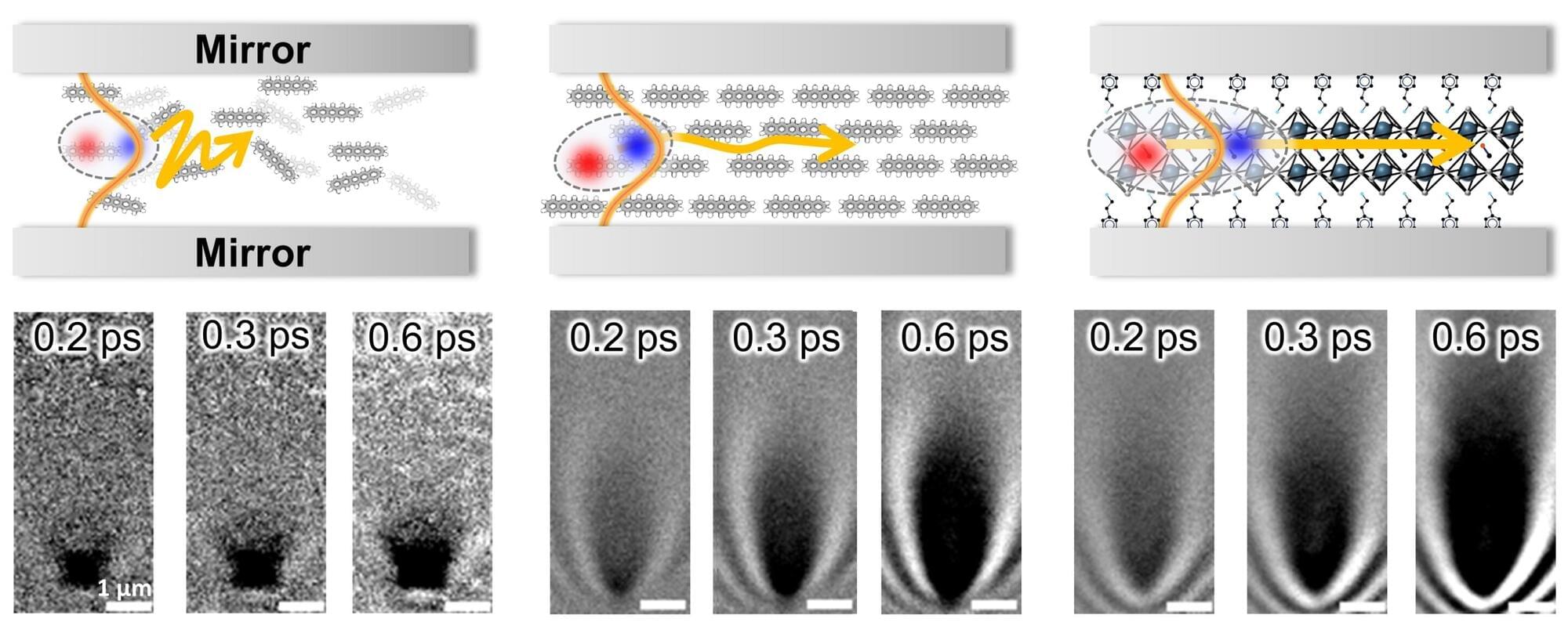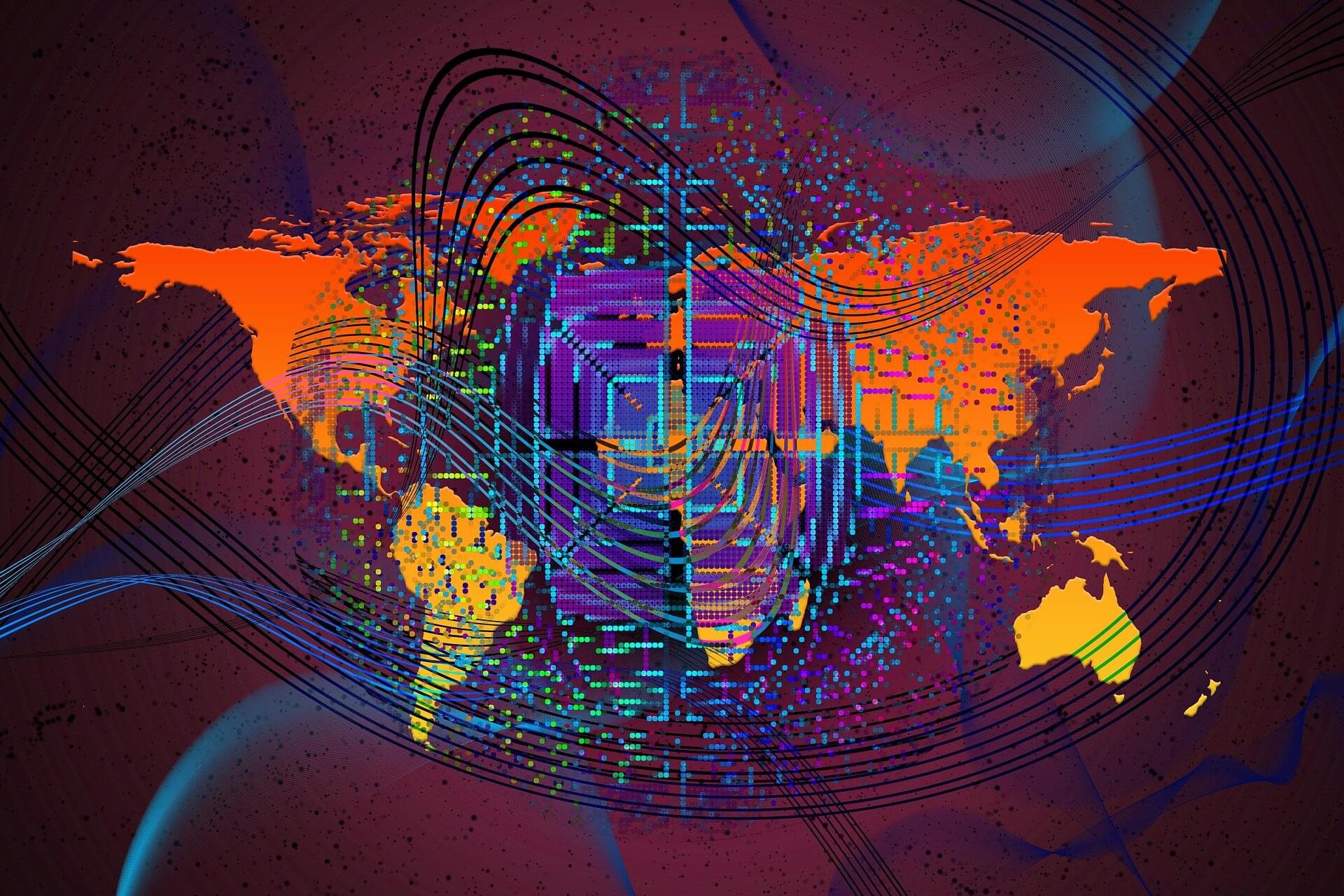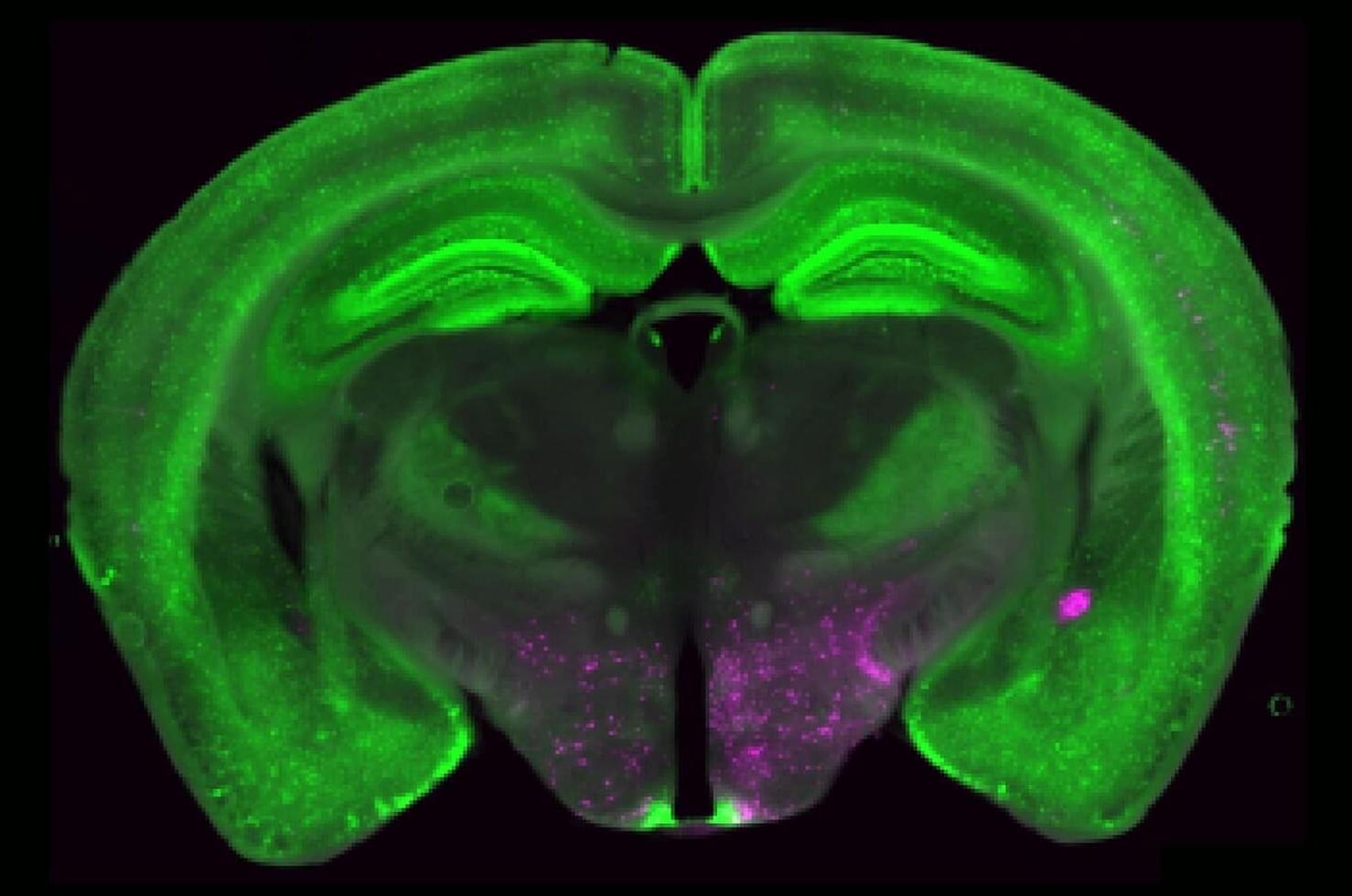A research team has co-developed a nanomaterial-based ‘wireless multi-sensing platform’ for the early detection of pressure injuries, which have a high prevalence among individuals with limited mobility, including the elderly and people with disabilities. The team’s findings are published in Advanced Functional Materials.
Pressure injuries are among the most painful conditions affecting elderly and disabled individuals in long-term care and rehabilitation facilities. They result from sustained pressure that damages skin tissue, making regular repositioning and meticulous hygiene care essential.
For patients with limited mobility, in particular, contact with bio-contaminants such as urine and feces can further irritate the damaged skin and worsen the injuries. However, in hospital settings, a shortage of caregivers or staff makes real-time monitoring of patients’ conditions extremely challenging.









